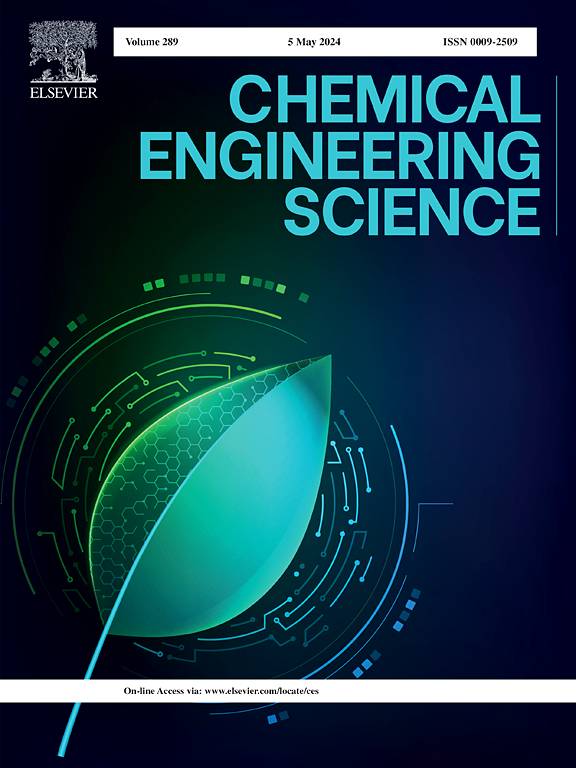Large eddy simulation of the Gas–Liquid flow in a square cross-sectioned bubble column
IF 4.3
2区 工程技术
Q2 ENGINEERING, CHEMICAL
引用次数: 0
Abstract
In this work the use of large eddy simulations (LES) in numerical simulations of the gas–liquid flow in bubble columns is studied. The Euler–Euler approach is used to describe the equations of motion of the two-phase flow. It is found that, when the drag, lift and virtual mass forces are used, the transient behaviour that was observed in experiments can be captured. Good quantitative agreement with experimental data is obtained both for the mean velocities and the fluctuating velocities. The LES shows better agreement with the experimental data than simulations using the k–ε model.
方形截面气泡柱内气液流动的大涡模拟
本文研究了大涡模拟在气泡塔内气液流动数值模拟中的应用。采用欧拉-欧拉方法来描述两相流的运动方程。我们发现,当使用阻力、升力和虚质量力时,可以捕捉到实验中观察到的瞬态行为。平均速度和波动速度的定量结果与实验数据吻合较好。与k -ε模型的模拟相比,LES模型与实验数据的吻合度更高。
本文章由计算机程序翻译,如有差异,请以英文原文为准。
求助全文
约1分钟内获得全文
求助全文
来源期刊

Chemical Engineering Science
工程技术-工程:化工
CiteScore
7.50
自引率
8.50%
发文量
1025
审稿时长
50 days
期刊介绍:
Chemical engineering enables the transformation of natural resources and energy into useful products for society. It draws on and applies natural sciences, mathematics and economics, and has developed fundamental engineering science that underpins the discipline.
Chemical Engineering Science (CES) has been publishing papers on the fundamentals of chemical engineering since 1951. CES is the platform where the most significant advances in the discipline have ever since been published. Chemical Engineering Science has accompanied and sustained chemical engineering through its development into the vibrant and broad scientific discipline it is today.
 求助内容:
求助内容: 应助结果提醒方式:
应助结果提醒方式:


